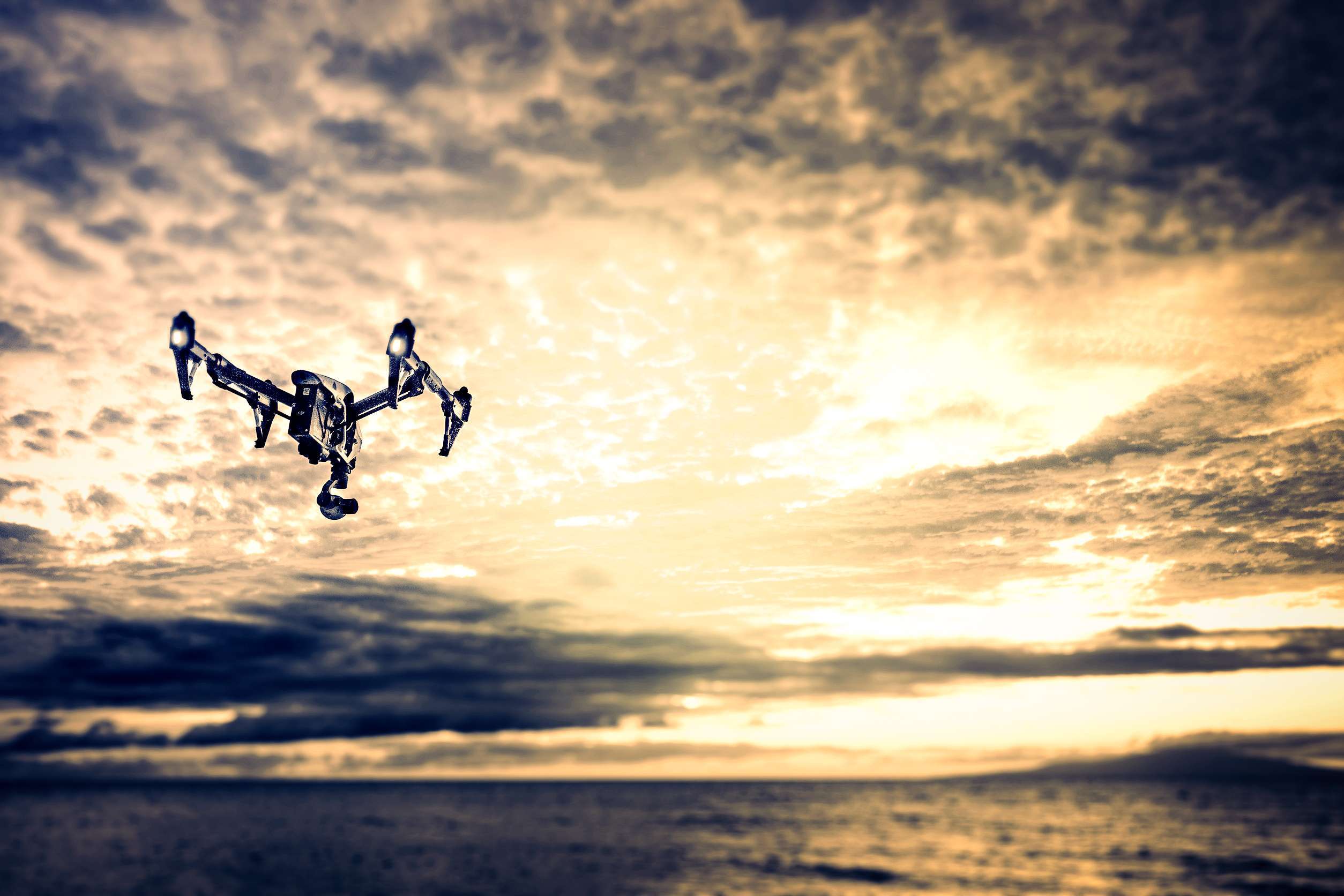Recently, Intel’s drones made a huge appearance on a big time stage. During the NBA Slam Dunk Contest, Orlando Magic forward Aaron Gordon used Intel’s Asc Tec Neo drone to assist him in performing one of his dunks. This was an historic moment, as it was the first time that a drone has been used in the NBA Slam Dunk Contest. The theme music from Star Wars played, as the drone hovered near the rim and dropped the ball as Gordon ran towards the rim.
Gordon is familiar with modern technology, as he was born in Silicon Valley, and his mother is an employee of Intel. Gordon said that he wanted to incorporate technology into the contest, which is why he decided to partner with Intel. Intel continues to showcase its drones during big sporting events. Intel used over 300 drones during the Super Bowl halftime show to create different logos and images in the sky.
All of the recent trends and activity have led to questions about the future of drones in sports. The Federal Aviation Administration is finalizing regulations that allow for widespread commercial use of drones. This law means that drones are now going to be seen in the skies more often in the future. Drone videos are some of the most fascinating videos you can view on the internet, as you there’s content with breathtaking views from stadiums, golf courses, landmarks, beaches, cities, and extreme sports.
The use of drones in sports coverage is rapidly expanding. Drones were used to help cover the 2014 Winter Olympics in Sochi. The drones were used in the snowboarding and skiing events. The drones were spotted near the slopes by fans, who initially thought the drones were being used to search for criminals. Drones have been used to help film Formula One races, the AMA Supercross Series, the X Games, high school football practices, and events such as surfing and skateboarding. Drones have even been used to film cricket matches in Australia and Latin American soccer games.
Drones are not as popular in the National Football League, as NFL stadiums rely on the CableCam systems. The CableCam system is a mixture of a cable camera system and a computer controlled system. The CableCam system looks over the football field. However, the CableCam is expensive, hard to set up, and can only be used as a cable suspended system. Drones are easier to set up, affordable, and aren’t limited to one particular area.
Despite drones providing the opportunity to view sporting events from a unique angle, drones are limited due to regulations by the Federal Aviation Administration that restrict drone usage in stadiums and arenas.
Drones are helping sports teams compose analytics involving specific parts of the team. College football teams are using drones to record practices and games. The game footage is analyzed using tools that can be accessed on tablets, computers, and smartphones. UCLA’s football team uses footage from drones to analyze different strategies and techniques such as foot placement, spacing and hand placement. Baseball teams are starting to use drones to capture images during games. High school football teams are using drones as an alternative to systems like CableCam. In the future, custom packages may be available to high school teams and other teams who want to implement visual playbooks. There is a widespread belief that drones will become a permanent part of the sporting landscape.
Featured Image: public domain

